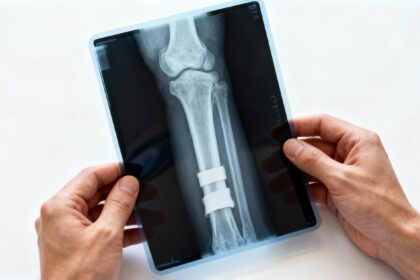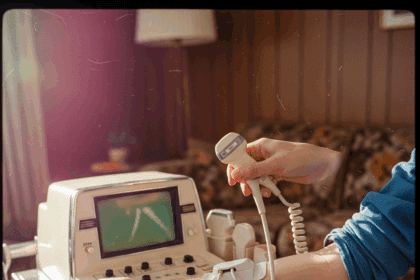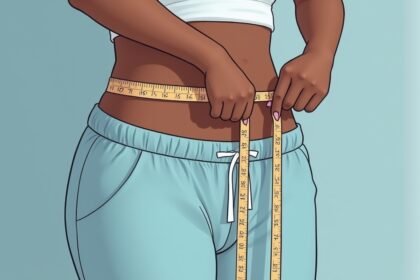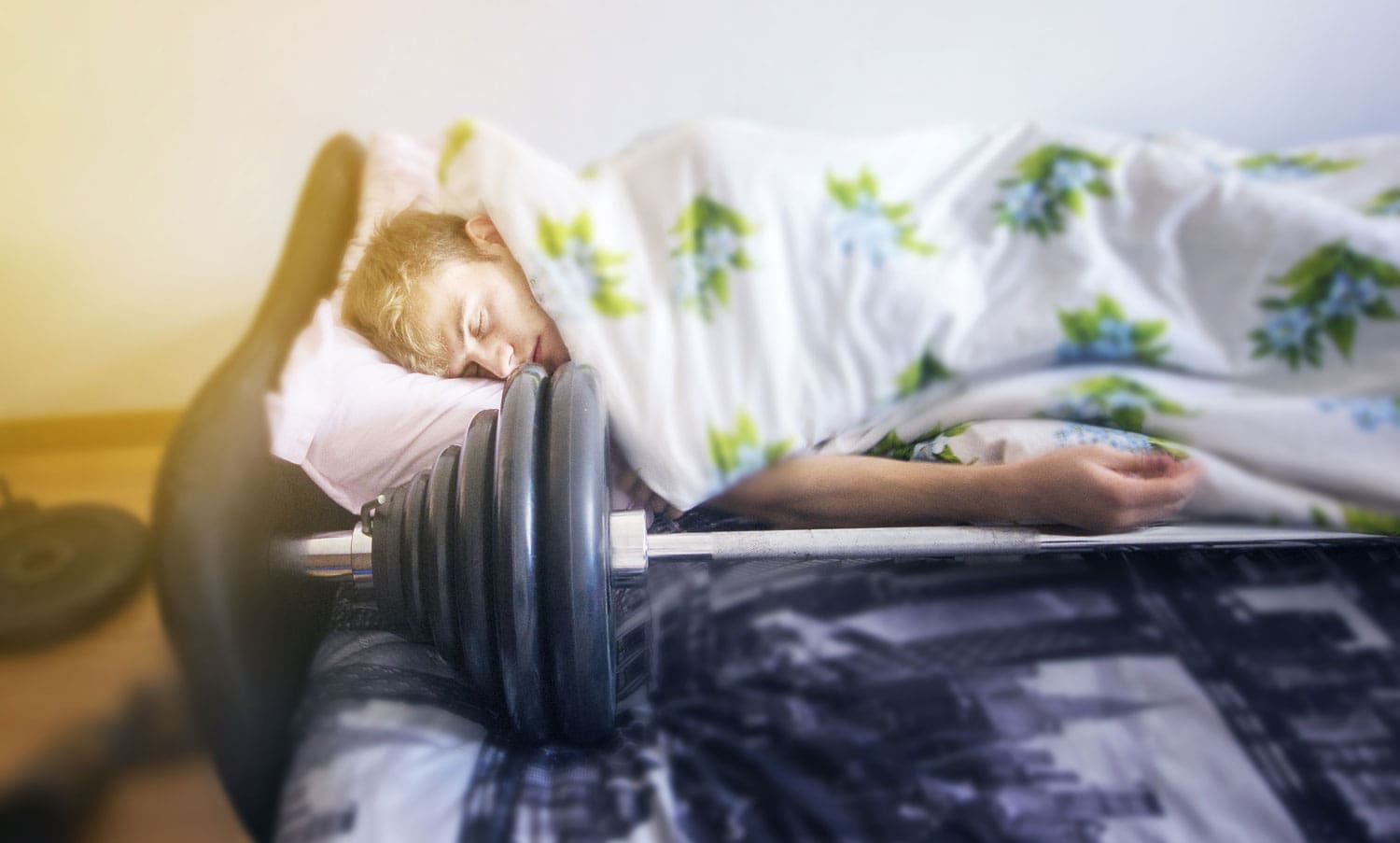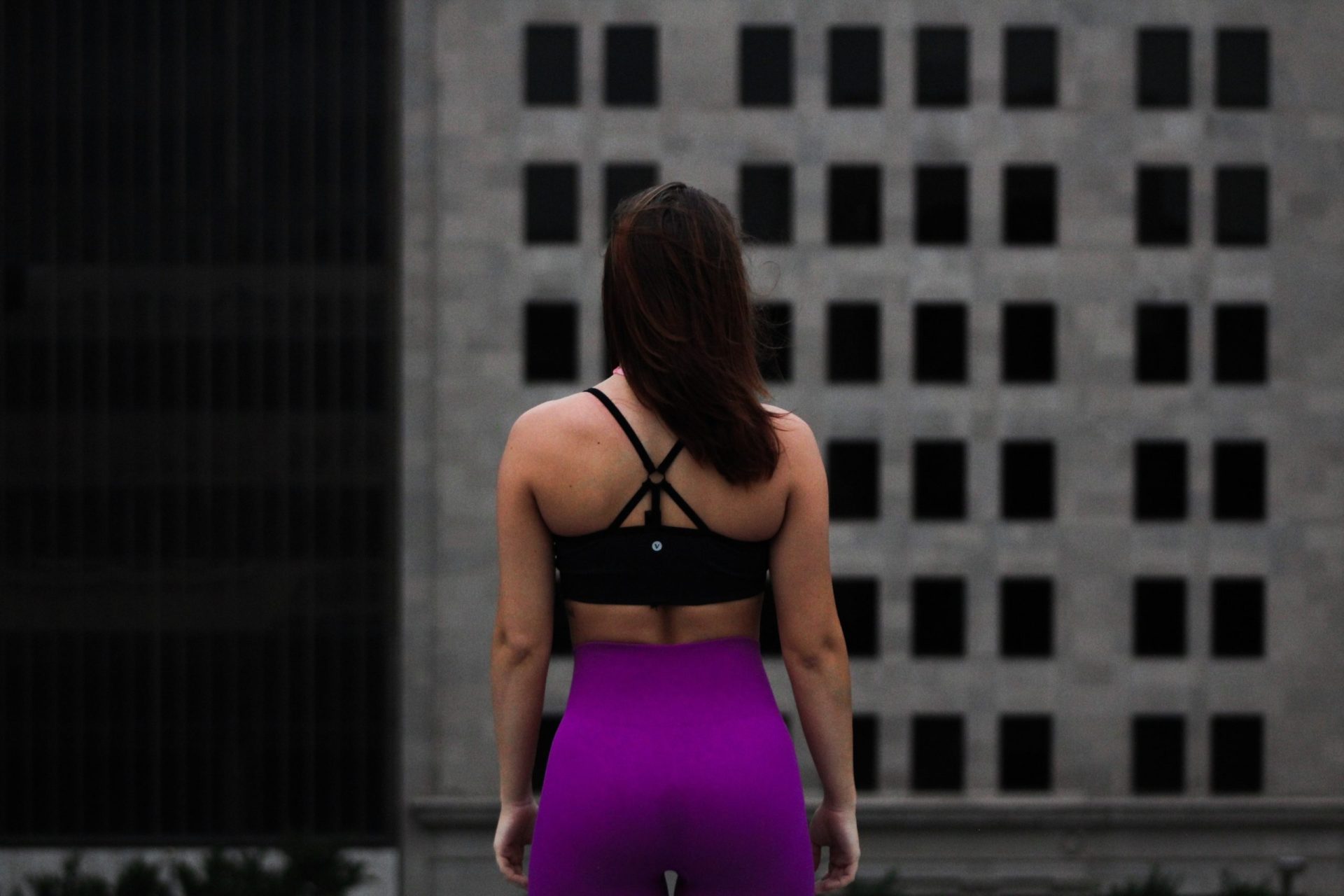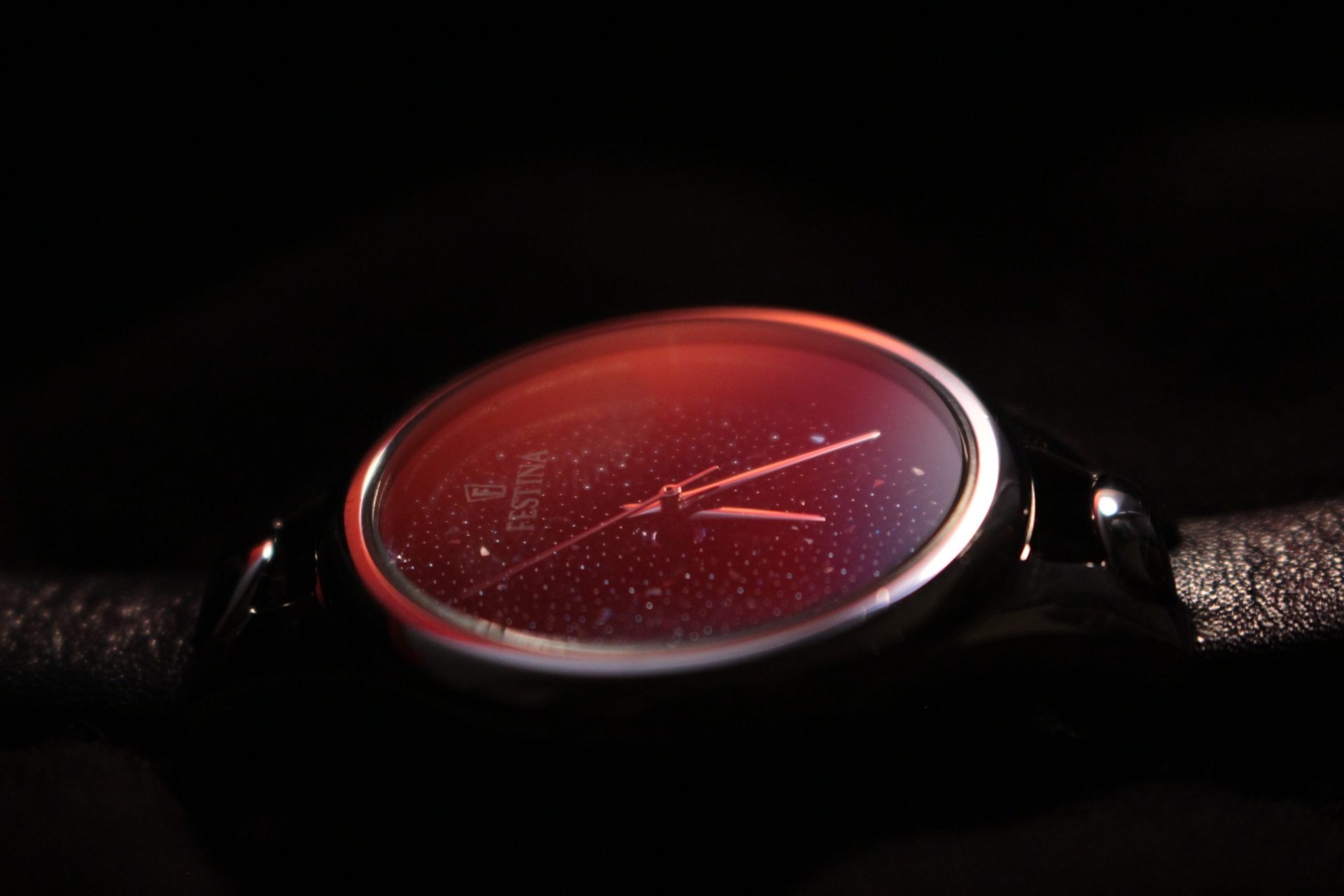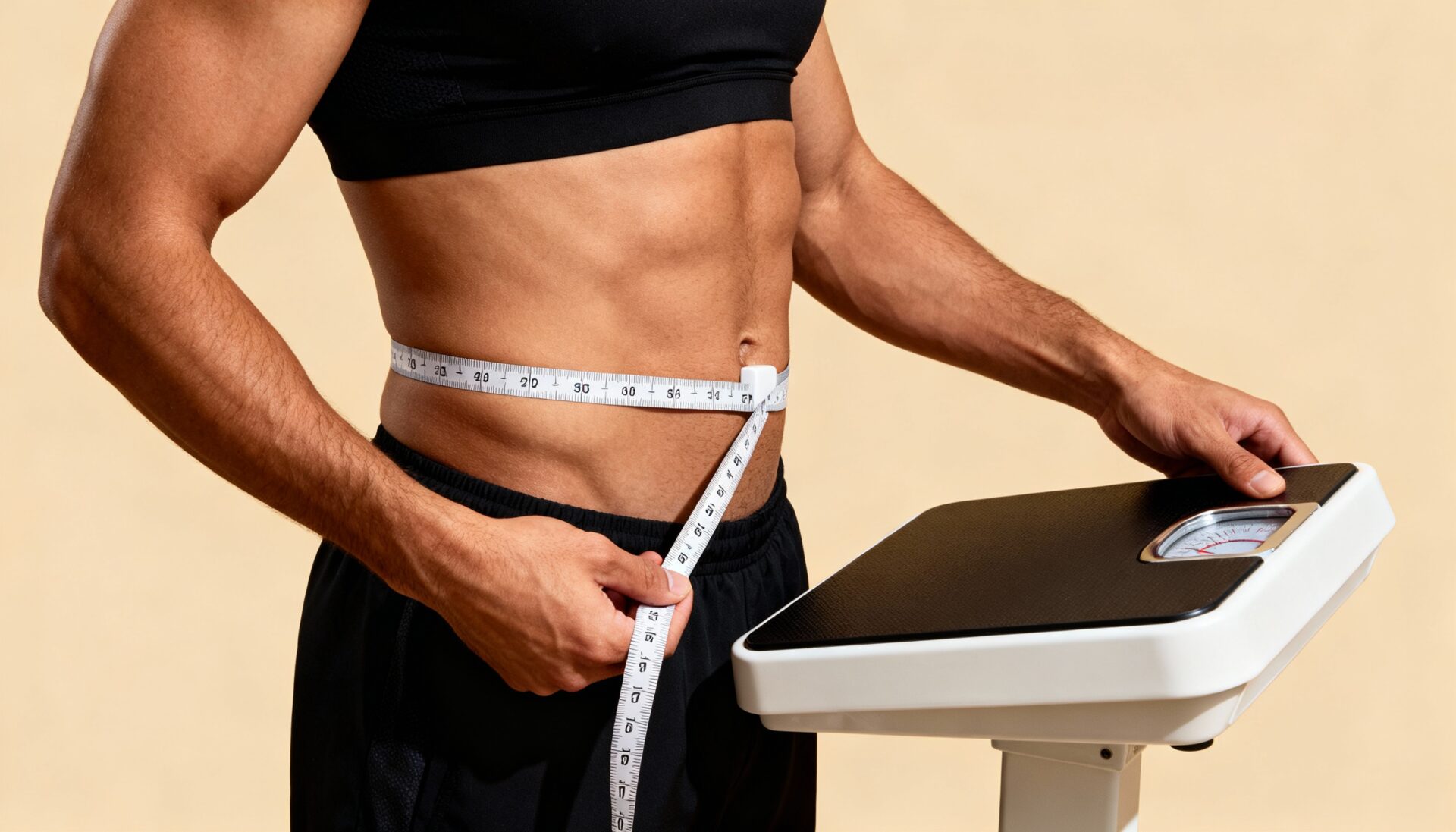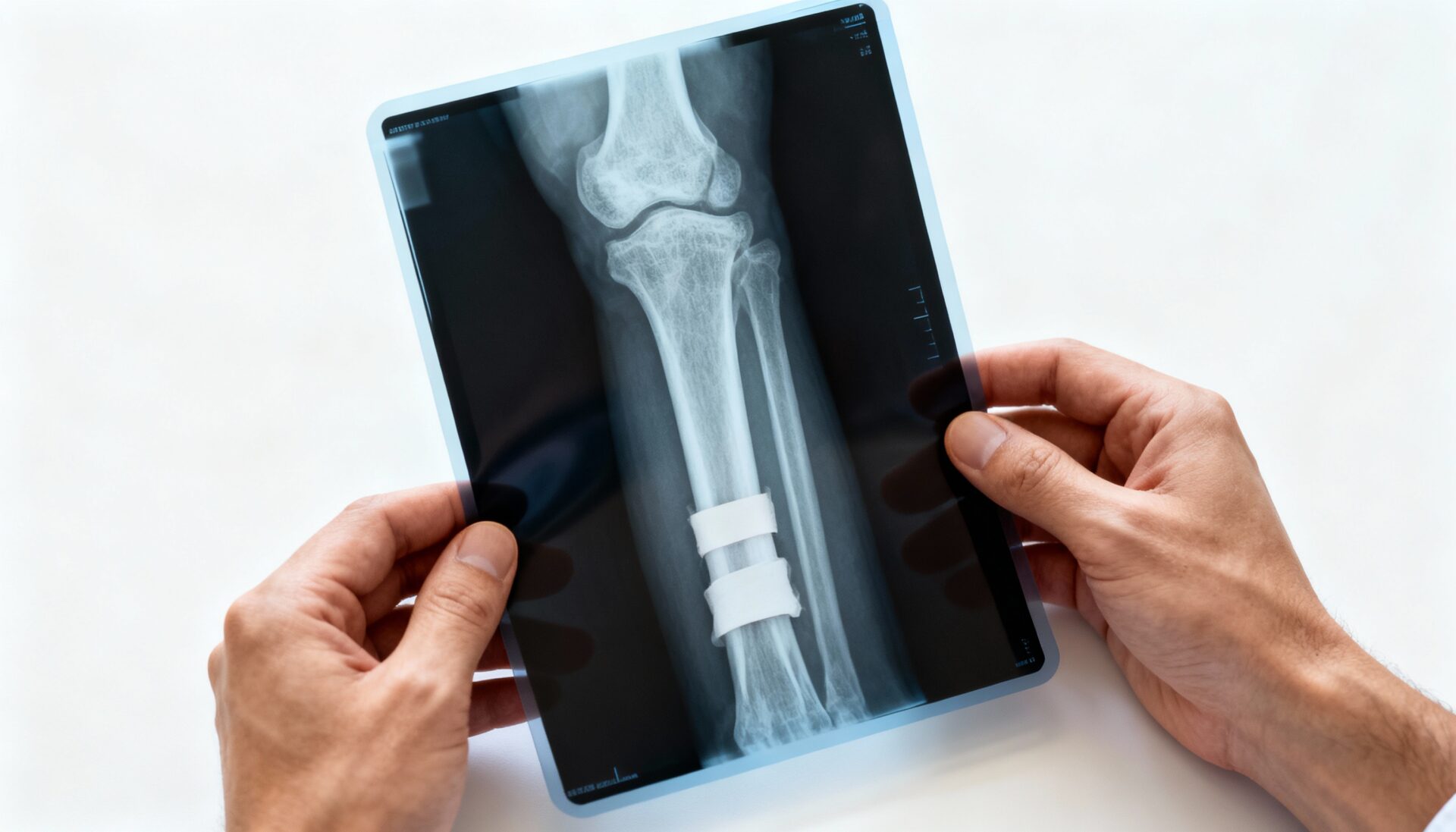If you ask any athlete what the king of leg exercises is, many will say, “the squat.”
For years, bodybuilders have used the squat to build strength and size. But many lifters are plagued with knee, hip, and back issues which prevent them from doing squats.
Split Squat
The split squat can be performed with the back foot planted on the ground. Or with the back foot elevated onto a bench or box. The split squat includes variations known as the Bulgarian (split) squat, the rear foot elevated split squat, and pitcher squat or modified unilateral squat.
Research
Researchers wanted to compare the muscle activity of the legs including the gluteus maximus, biceps femoris, semitendinosus, rectus femoris, vastus lateralis, vastus medialis, tibialis anterior, and medial gastrocnemius (using surface electrodes placed all over the legs) in conventional back squats and rear-foot elevated split squats, and split squats. Load for back squat was 85% one repetition maximum. And rear-leg elevated split squat and split squat SS were performed at 50% of the back squat load.
Many would probably think the squat would activate more muscle fibers than a single leg split squat. But that’s not what the researchers found. The researchers reported that there was no significant difference in EMG activity between the two exercises for all muscles. Except the biceps femoris, which was significantly higher during rear-foot elevated split squats than during split squats in both concentric and eccentric phases and significantly higher during back squats than during split squats in the concentric phase only. The researchers concluded that rear-foot elevated split squat involve similar lower body muscle activation to conventional barbell back squat while using 50% of the load. But also display increased biceps femoris activity.
They may therefore be a useful alternative exercise for individuals who are unable to perform conventional back squat exercises. These findings may be helpful in designing resistance-training programs by using rear leg elevated split squat. If greater biceps femoris activity is desired.









